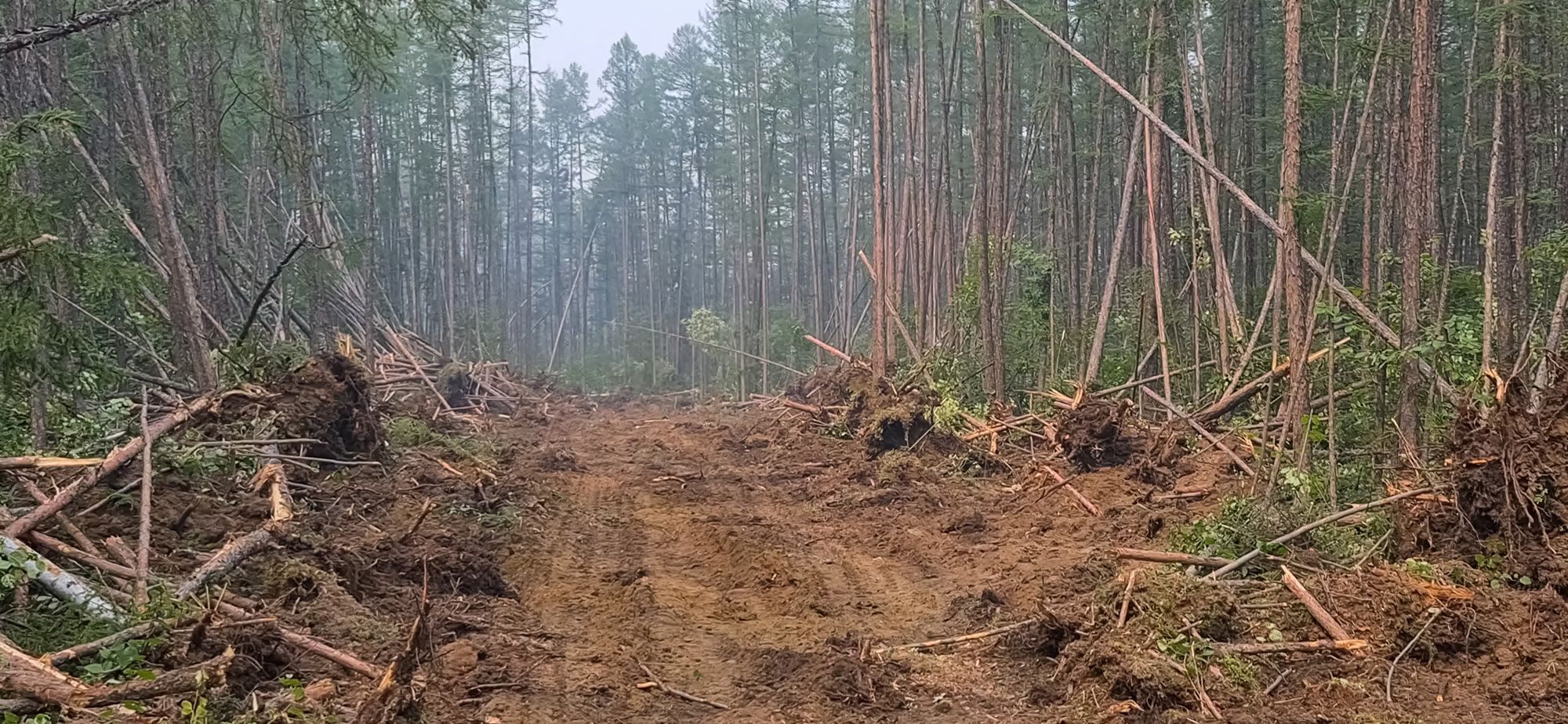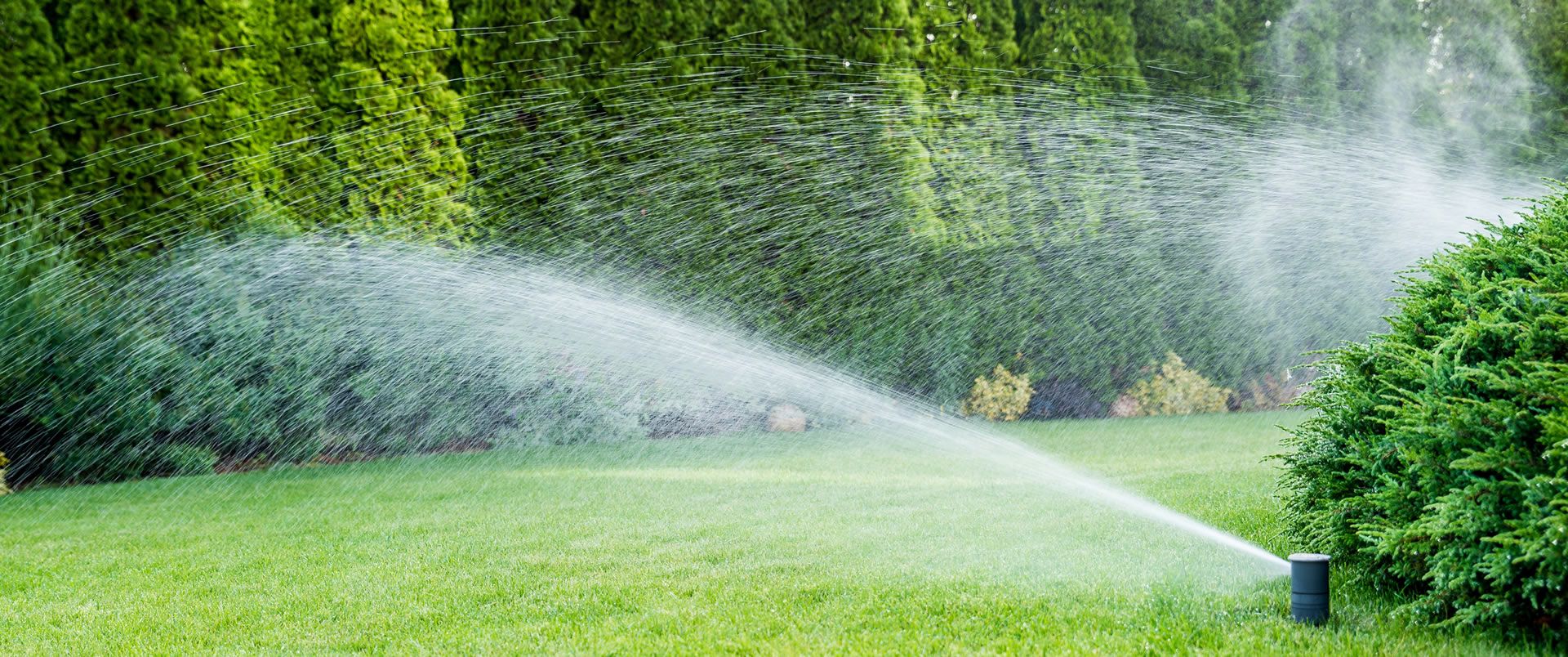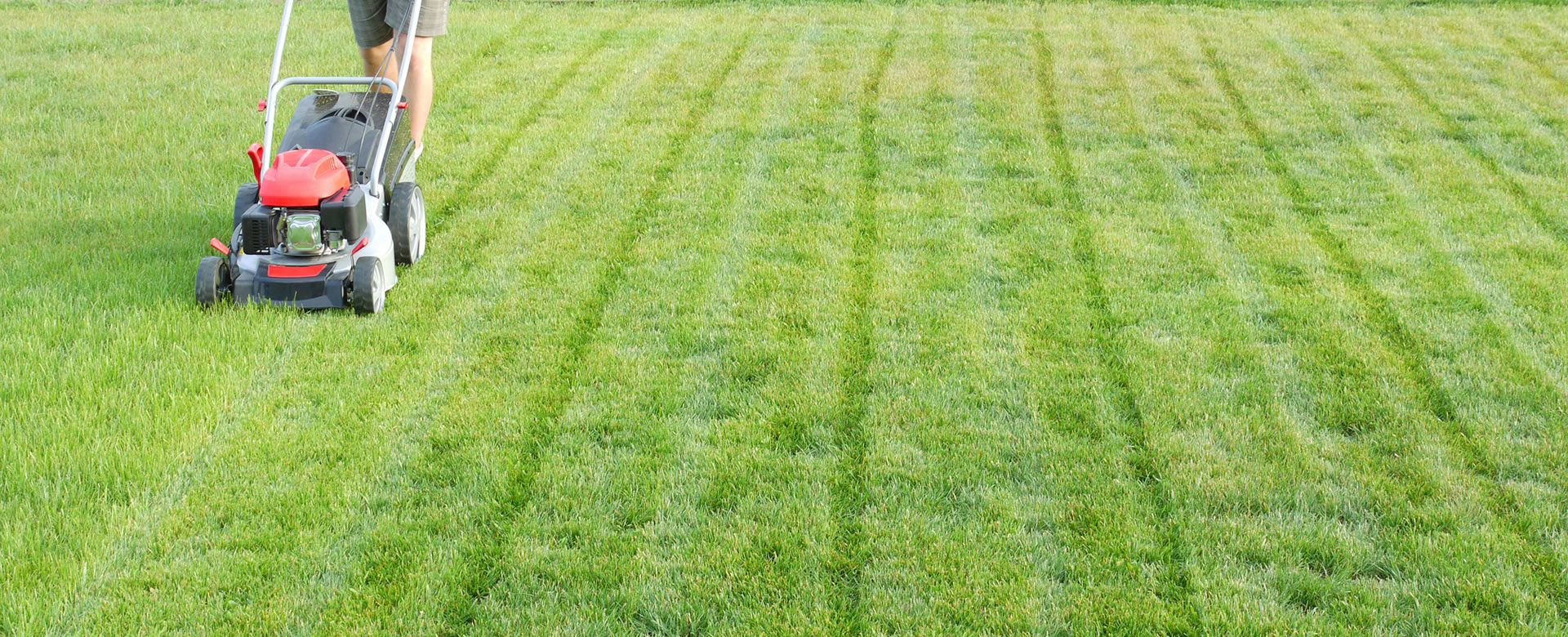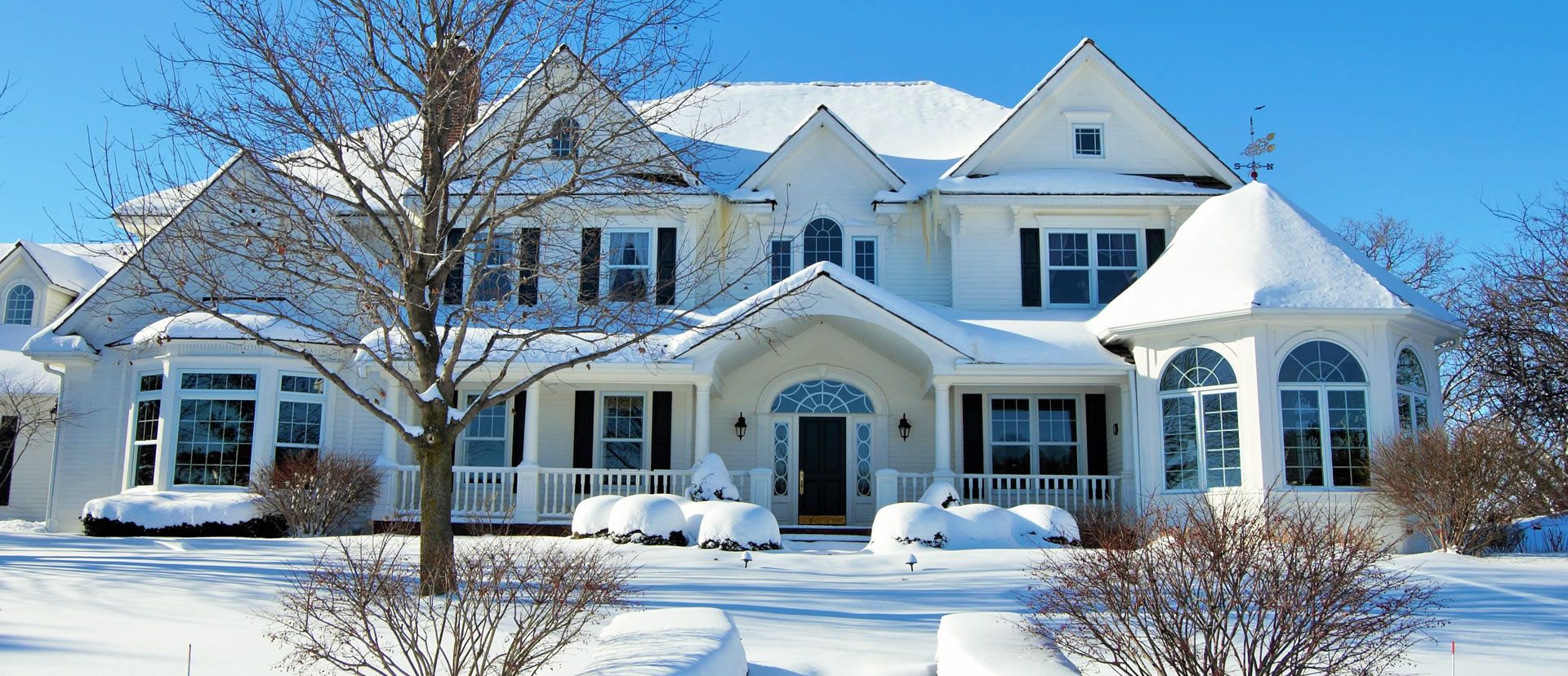How to Find a Trusted Excavation Company in Clarksville, Tennessee
1. Start Local and Check Credentials
Begin by searching for excavation contractors in your area—especially those who specialize in your type of project (residential vs. commercial, or services like grading, septic, demolition, etc.). Once you have a list of candidates, check for:
Licensing and Insurance: Make sure the company is licensed in...



